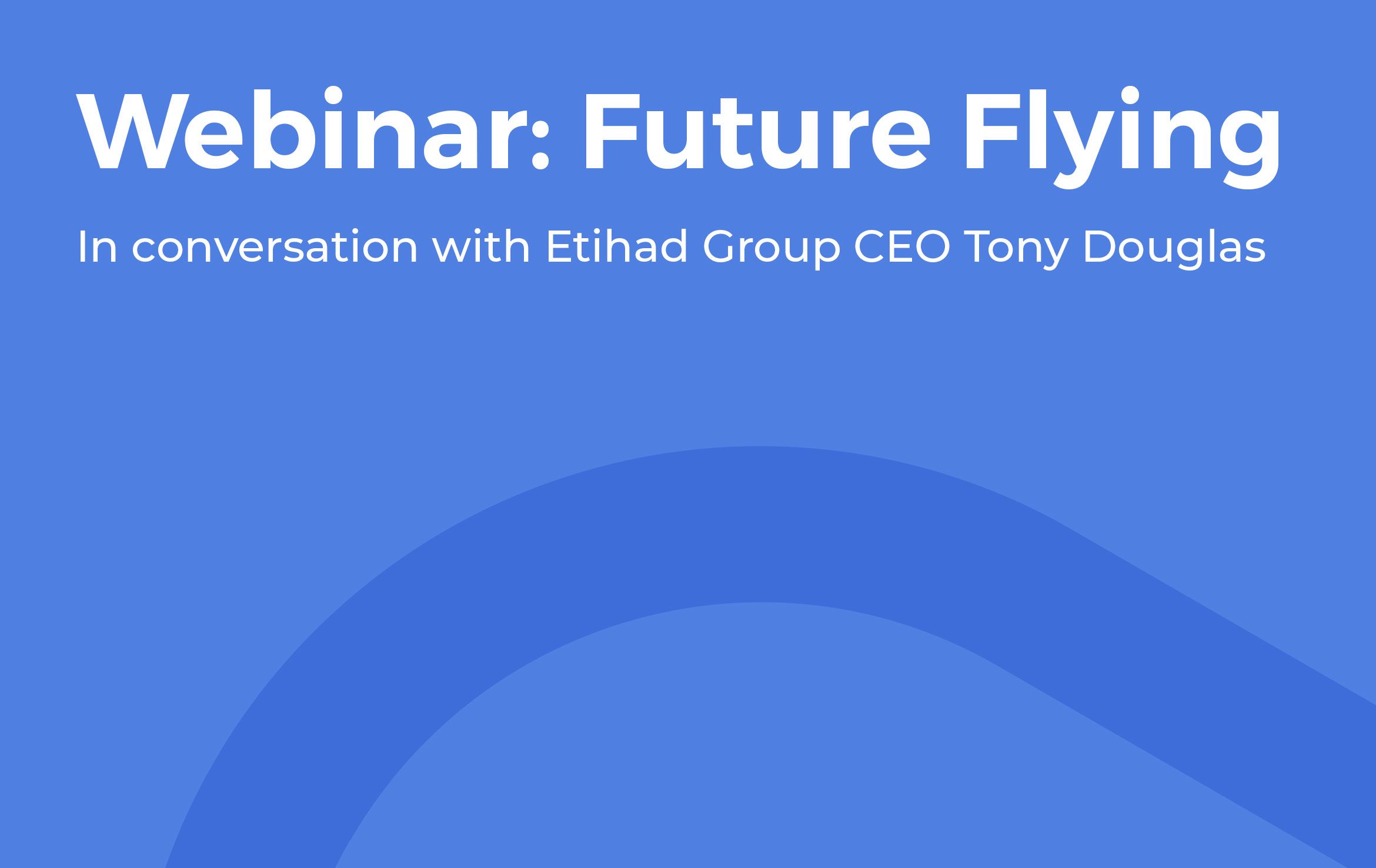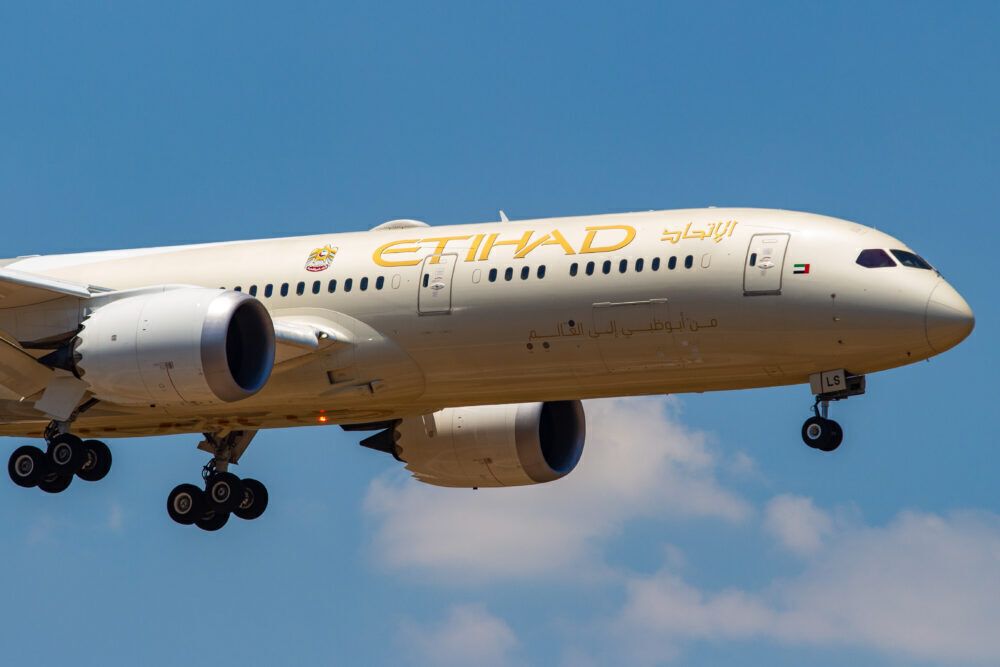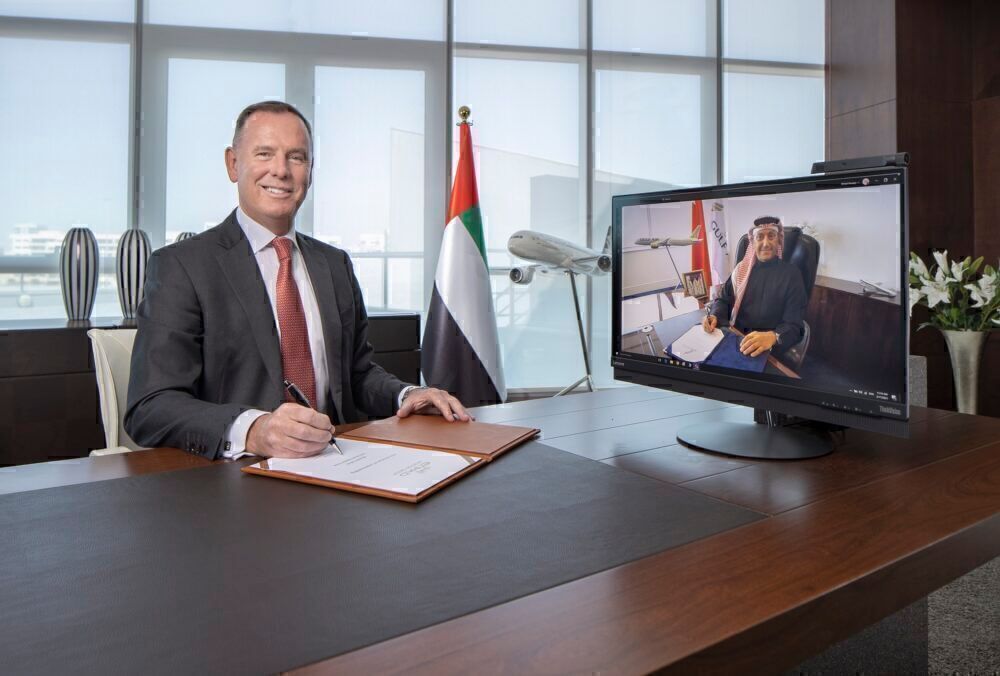Simple Flying is delighted to invite you to participate in the next webinar in our series. This event will take place online on August 31st at 13:00 London time, where Tony Douglas, CEO of the Etihad Aviation Group will be in conversation with Joanna Bailey, Managing Editor of Simple Flying.
Register now
Our webinar is free for all to attend, but spaces are limited. Register here to secure your place.
A radical transformation
Formed in 2003, Etihad Airways became the UAE’s second flag carrier. Operating from the capital of Abu Dhabi, it sought to replicate the success of its regional rivals, flying a hub and spoke operation connecting east and west.
In 2011, the company announced it had become profitable, posting a modest $14 million profit. Over the next five years, the profits continued to grow. The fleet had blossomed to over 120 aircraft, with more than 26,000 people employed by the airline.
But times, they were a-changing, and Etihad’s fortunes were about to be dramatically switched. Burdened by its failing “Equity Alliance” partners, Etihad began posting losses in the billions of dollars. Exercises in cost-cutting only served to alienate its once-loyal guests. And then, the exit of its CEO in 2017 left the airline flying on autopilot.
Six months later, Tony Douglas took his place at the helm of Etihad Aviation Group. His job was clear - to turn around this failing airline. Implementing one of the most radical transformation plans ever seen in aviation was no mean feat, but Douglas rose to the challenge.
Just two years into his post, he reduced costs by almost half a billion dollars. By 2019, losses had fallen from $1.5 billion in the year he took post to just $870 million. He didn’t expect to make a profit in 2020; in fact, at the end of 2019, he stated the airline was on track for recovery in 2023. How things have changed since then.
The COVID crisis has seen Etihad wave goodbye to its A380s, its 777-300ERs and numerous other older aircraft. Today, the fleet is under 120 aircraft, compared with more than 130 in 2017. Its losses, understandably, have widened, but it’s not all bad news.
Like a butterfly emerging from its cocoon, the new Etihad is beginning to show its colors. Inefficient quadjets are out, highly efficient Dreamliners are in. The Equity Alliance is dead, with codeshares and partnerships the new focus. Etihad no longer wants to be as big as its neighbors, focusing instead on exemplary customer service and a new, more boutique approach.
Despite COVID, Douglas is setting Etihad up for one hell of a comeback. Join me as I welcome him to our webinar today.




